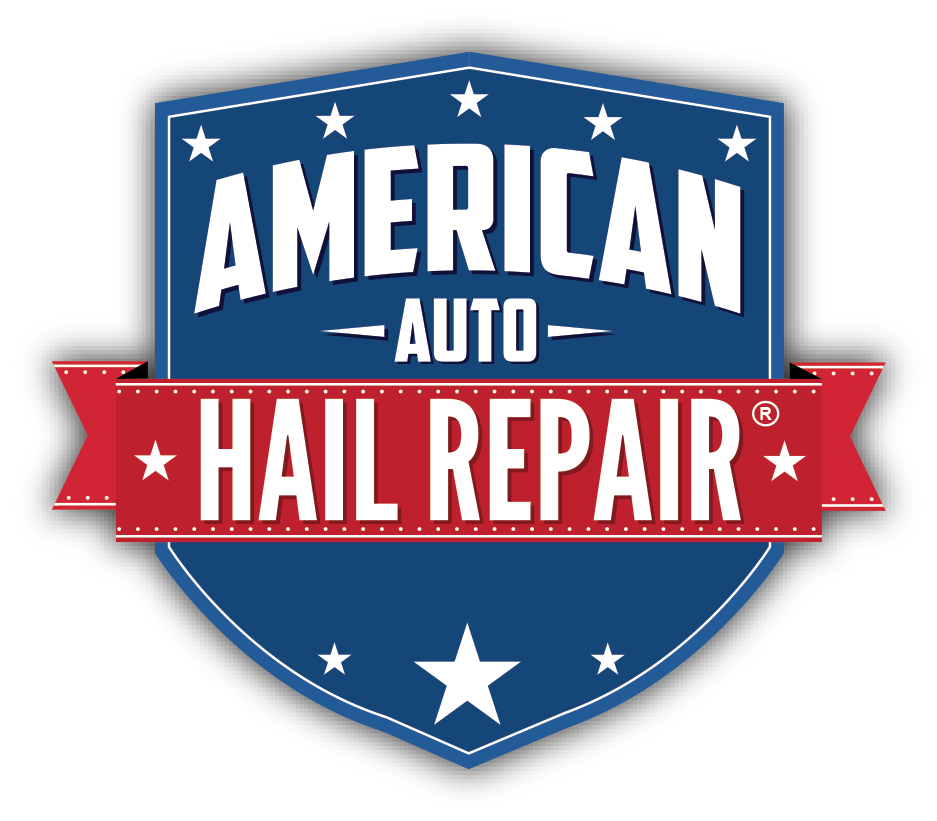Here in Colorado, the potential for hail damage during a storm is an unfortunate side effect of the unpredictable weather we sometimes get. If you weren't able to get your car sheltered before a hail storm was upon you, make time immediately after to see if your car has suffered damage. While larger hail damage may be immediately apparent, careful dent inspection is worthwhile when the hail was small or medium-sized.
Start With Glass Components
One of the biggest pressing issues with hail damage is the potential of cracked glass. Once the glass is compromised in your car, it is a ticking time bomb since another blow to the glass could cause it to shatter. While safety glass is intended to not create jagged edges, you don't want the next blow to your windshield to shatter it unexpectedly, even if it wouldn't cut you. Find any small cracks in the glass of your windshields and windows and address them with your mechanic; they will have a good idea of how urgent a repair may be.
Examine Peripheral Components Like Mirrors
Items like your side mirrors can take a real beating during a hailstorm since they have smaller joints that are exposed to the elements. If a storm is bad enough, it can take off a side mirror entirely, but the joints most likely going to just be weakened by the damage. Make sure you know whether your mirrors have been damaged by testing their normal range of motion and comparing the two. If one is having more trouble moving than the other, consider getting them repaired.
Look for Visible Dents
Now, move on to the body of the car. The hood and the top of your car are spots that you're likely to see dents most clearly, especially when looking at the reflective surface of the car. You'll also want inspect the sides of the auto body for hail damage since bouncing hail can also cause damage.
Use Additional Lighting and Feel Your Car's Surface for Micro-Dents
If you think there are no dents, make sure to run a hand lightly along the surfaces as well; sometimes it can be hard to see micro-dents with the naked eye, but you'll feel the minor variations and dimples. One of the best ways to inspect your car for hail damage is to use different angles of light that can help you reassure yourself that there are no dents or, as is sometimes the case, find dents that were otherwise hard to see.
Unsure About the Extent? Talk to American Auto Hail Repair!
If you've realized that there is at least some small denting or dimpling in the body of your car, don't assume that it's too small to care about. You've gained the advantage of time by inspecting your car for hail damage, but you’ll want to seek a professional before contacting your insurance company to make sure the inspection is accurate and thorough.
Reach out to American Auto Hail Repair to do an expert evaluation of the situation so that you can get your car repaired. Remember that even if you don't think you mind driving with these dents, leaving them unrepaired may reduce the integrity of your auto body, allowing for rust or other deterioration. You also want your car in top shape if you ever go to sell it, and you don't want to have to repair old damage at that point. Getting Paintless Dent Repair (PDR) now is the best way to ensure your car is road-ready after hail damage.

